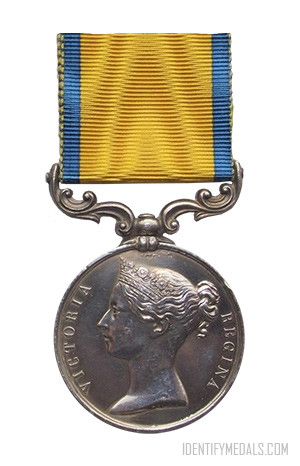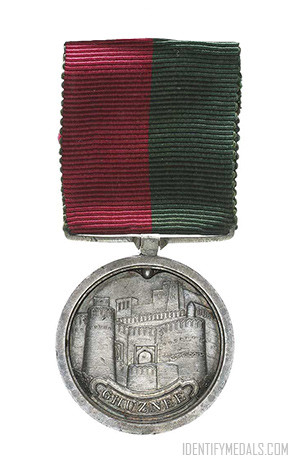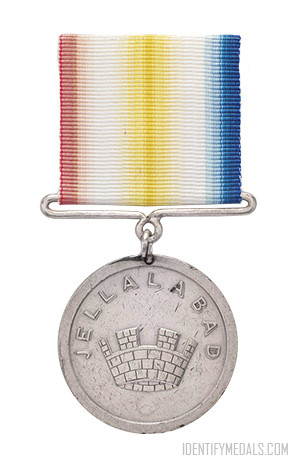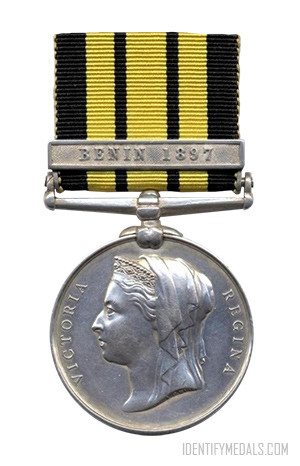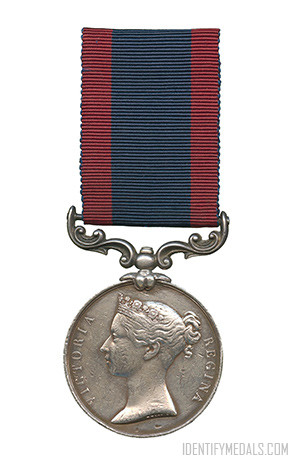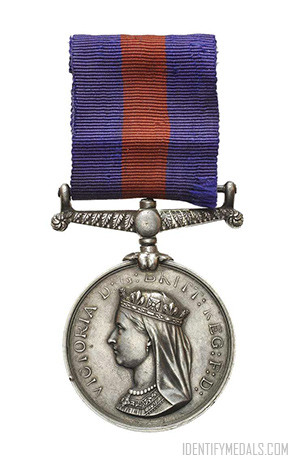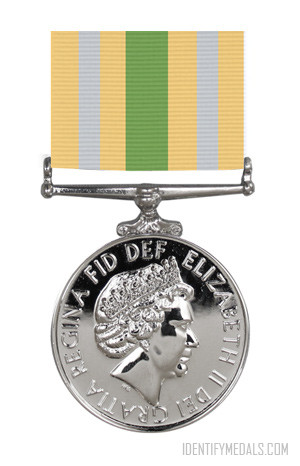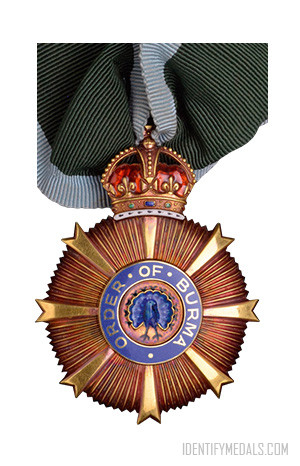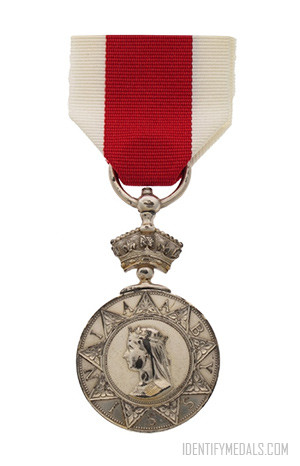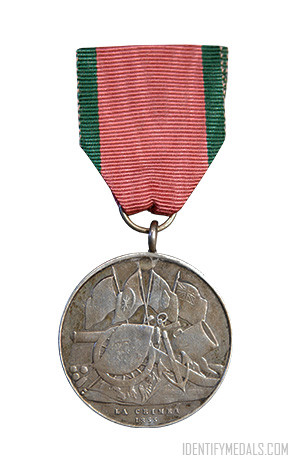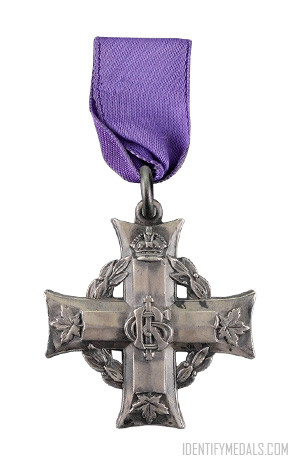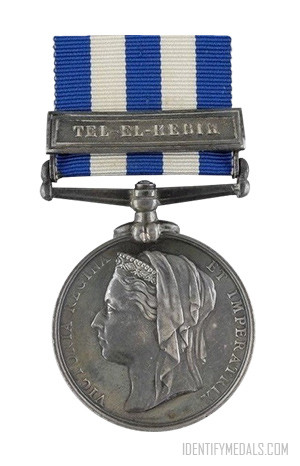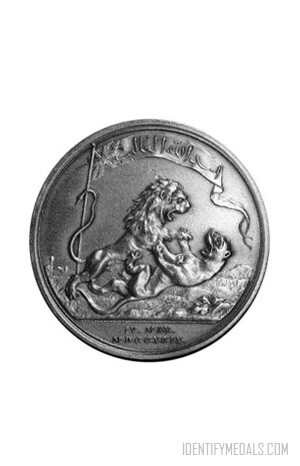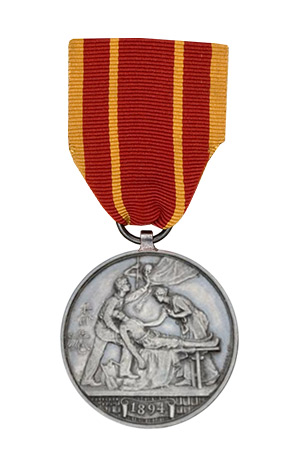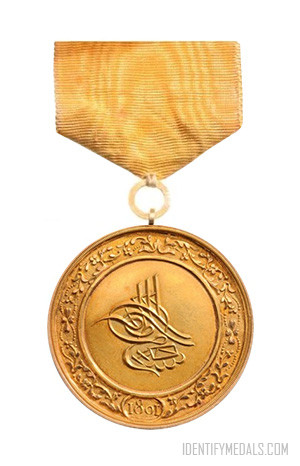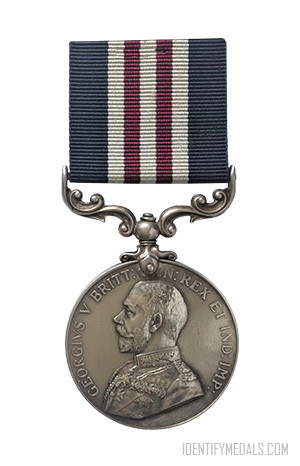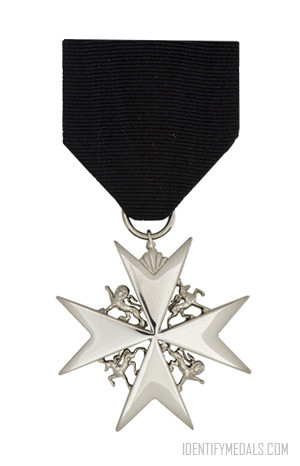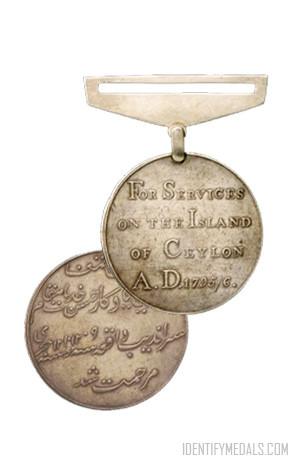- Time Period: Pre-WW1
- Year of Institution: 1856
- Country: Great Britain
The Baltic Medal is a campaign medal issued to officers and men of the Royal Navy, Royal Marines, and Royal Sappers and Miners who served in Baltic Sea operations against Russia in the Baltic theatre of the Crimean War between March 1854 and August 1855.
The medal was approved in 1856 and covered primarily naval actions – although it was also awarded to 106 men of the Royal Sappers and Miners who were landed to place demolition charges against Russian fortifications at Bomarsund and Sveaborg.
No clasps were authorized for the Baltic medal.
The Baltic Medal Design
The Baltic medal is a circular silver medal measuring 36 millimeters (1.4 in) in diameter. It was designed by Leonard Charles Wyon.
The obverse depicts the diademed head of Queen Victoria with the legend VICTORIA REGINA, designed by William Wyon. The reverse shows a seated figure of Britannia holding a trident with the fortresses at Bomarsund and Sveaborg behind. Above is the word BALTIC and below the dates 1854-1855.
The ribbon measures 31.7 millimeters (1.25 in) wide, and it’s yellow with light blue edges, reversing the colours of the Crimea Medal ribbon.

